The ostrich, scientifically known as Struthio camelus, is a remarkable bird species found in Tanzania and other parts of Africa. Renowned for its impressive size and unique characteristics, the ostrich has captivated the interest of both locals and visitors to this diverse region.
Common Name: Ostrich
Swahili Name: Mbuni
Scientific Name: Struthio camelus
Type: Bird
Food: Omnivorous, diet includes vegetation, seeds, insects, and small animals
Habitat: Open grasslands, savannahs, and semi-arid regions
Size: Male: Up to 9 feet (2.7 meters) tall; Female: Up to 6 feet (1.8 meters) tall
Average Life Span in the Natural Habitat: 30 to 40 years
Active: Diurnal (active during the day)
Gestation Period: 35 to 45 days
Weight: Male: 220 to 280 pounds (100 to 130 kilograms); Female: 140 to 230 pounds (63 to 104 kilograms)
Size Comparison to a 6-ft Man: Towering over a 6-ft man, ostriches stand significantly taller, reaching up to 9 feet (2.7 meters) in height.
Appearance and Features
Ostriches are easily recognized by their long necks, powerful legs, and distinctive plumage. The males showcase predominantly black feathers, while the females have a mix of gray and brown feathers. With their large, expressive eyes and beaks adapted for foraging, these birds exhibit both elegance and functionality in their appearance.
Habitat and Distribution
Ostriches are well-adapted to survive in the open grasslands, savannahs, and semi-arid regions of Tanzania. They are primarily found in protected areas such as national parks and conservancies, including the Serengeti, Ngorongoro Conservation Area, Tarangire National Park, and Manyara Ranch Conservancy. These expansive landscapes provide the ideal habitat for ostriches to roam freely and thrive.
Behavior and Diet
Ostriches are social birds and typically live in small groups known as flocks. These flocks usually consist of a dominant male, multiple females, and their offspring. The male, with its striking black plumage, takes on the responsibility of protecting the group from potential threats.
As omnivores, ostriches have a diverse diet. They feed on a variety of vegetation, including grasses, leaves, and seeds. Additionally, they consume insects and small animals when available. Their adaptive beaks enable efficient foraging, and their keen eyesight assists in the detection of food sources.
Reproduction and Life Cycle
During the breeding season, the male ostrich performs an elaborate courtship display to attract females. Once a pair forms, the female lays her eggs in a shallow nest dug by the male. The incubation period lasts approximately 35 to 45 days, with both parents taking turns to protect the eggs.
Upon hatching, the chicks are precocial, which means they are capable of independent movement and can feed themselves shortly after birth. They grow rapidly and reach sexual maturity at around 2 to 4 years of age.
Conservation Status
Ostriches in Tanzania are not currently considered endangered. However, habitat loss and human-wildlife conflict pose ongoing challenges to their population. It is crucial to support conservation efforts and sustainable tourism practices to ensure the long-term survival of these magnificent birds and the ecosystems they inhabit.
Where to See Ostriches in Tanzania: A Guide to the Best Locations
Tanzania, with its diverse and abundant wildlife, offers several exceptional locations where you can witness the grace and magnificence of ostriches. If you’re eager to observe these fascinating birds in their natural habitat, here are some prime destinations to consider:
1. Serengeti National Park
Undoubtedly one of the most renowned wildlife reserves in the world, Serengeti National Park provides a remarkable opportunity to encounter ostriches amidst its sprawling plains. This vast ecosystem is home to a variety of wildlife, and ostriches can often be spotted in the open grasslands, where they gracefully traverse the terrain. Embark on a safari adventure through the Serengeti and keep a keen eye out for these majestic birds.
2. Ngorongoro Conservation Area
Nestled within the magnificent Ngorongoro Crater, the Ngorongoro Conservation Area is a UNESCO World Heritage Site renowned for its remarkable biodiversity. This unique and breathtaking location offers a chance to witness ostriches in their natural habitat. As you explore the grassy plains and marvel at the stunning landscape, keep your camera ready for unforgettable encounters with these elegant creatures.
3. Tarangire National Park
Tarangire National Park, located in northern Tanzania, is famous for its diverse birdlife, including a significant population of ostriches. Known for its towering baobab trees and the Tarangire River, this park provides a picturesque backdrop for observing these magnificent birds. Join a guided tour or venture out on a self-drive safari to witness ostriches amidst the park’s stunning scenery.
4. Manyara Ranch Conservancy
For a more exclusive and intimate wildlife experience, the Manyara Ranch Conservancy is an excellent choice. This private reserve in northern Tanzania offers a sanctuary for various species, including ostriches. Enjoy guided walks, game drives, or horseback safaris, immersing yourself in the pristine wilderness while encountering these remarkable birds in their natural environment.
5. Saadani National Park
Located along the coast of Tanzania, Saadani National Park uniquely combines both terrestrial and marine ecosystems. Here, you can witness the incredible sight of ostriches roaming the grasslands against the backdrop of the Indian Ocean. Explore the park’s diverse landscapes, which include savannahs, mangrove forests, and pristine beaches, for an unforgettable encounter with these majestic birds.
Tips for Ostrich Safari Watching
To maximize your chances of spotting ostriches in Tanzania, consider the following tips:
- Engage in the safaris of experienced guides or join organized safaris led by knowledgeable professionals who can identify ostrich habitats and behavior.
- Opt for early morning or late afternoon game drives when wildlife activity is at its peak.
- Be patient and observant, as ostriches can be elusive at times. Scan the horizon and open grasslands for their distinctive silhouettes.
- Keep a respectful distance and avoid disturbing the birds or their natural behavior. Remember, wildlife should be observed from a safe and non-intrusive distance.
With these recommendations in mind, embark on an unforgettable journey through Tanzania’s captivating landscapes, where the remarkable ostriches await your presence.
Frequently Asked Questions about Ostriches in Tanzania
Here are some commonly asked questions about ostriches in Tanzania, along with informative answers:
Q: Are ostriches native to Tanzania?
A: Yes, ostriches are native to Tanzania and can be found in various regions, including the Serengeti, Ngorongoro Conservation Area, Tarangire National Park, and Manyara Ranch Conservancy.
Q: What is the size of an adult ostrich?
A: Adult male ostriches can reach a height of up to 9 feet (2.7 meters), while adult females can grow up to 6 feet (1.8 meters) tall.
Q: What do ostriches eat?
A: Ostriches have an omnivorous diet, which includes vegetation such as grasses and leaves, seeds, insects, and occasionally small animals.
Q: How long do ostriches live in their natural habitat?
A: Ostriches have an average life span of 30 to 40 years in their natural habitat.
Q: Are ostriches social animals?
A: Yes, ostriches are social birds and often live in small groups known as flocks. These flocks typically consist of a dominant male, multiple females, and their offspring.
Q: Can ostriches fly?
A: No, ostriches are flightless birds. However, they have powerful legs and can run at speeds of up to 70 kilometers per hour (43 mph), making them the fastest-running birds on Earth.
Q: When do ostriches breed?
A: Ostriches breed during the mating season, which can vary depending on the location and environmental conditions. Courtship displays by the males and egg-laying typically occur during specific times of the year.
Q: How long is the gestation period for ostriches?
A: The gestation period for ostriches ranges from 35 to 45 days.
Q: Are ostriches endangered in Tanzania?
A: Ostriches in Tanzania are currently not considered endangered. However, conservation efforts and sustainable practices are important to protect their habitats and ensure their long-term survival.
Q: Can I see ostriches during a safari in Tanzania?
A: Yes, Tanzania’s national parks and conservancies, such as the Serengeti, Ngorongoro Conservation Area, Tarangire National Park, and Manyara Ranch Conservancy, offer excellent opportunities to spot ostriches during safaris or guided tours.
Q: What is the significance of ostriches in Tanzanian culture?
A: Ostriches hold cultural significance in Tanzania, often symbolizing strength, elegance, and untamed beauty. Their feathers and eggs have been used in traditional ceremonies and crafts.
We hope these frequently asked questions have provided valuable insights into the world of ostriches in Tanzania.

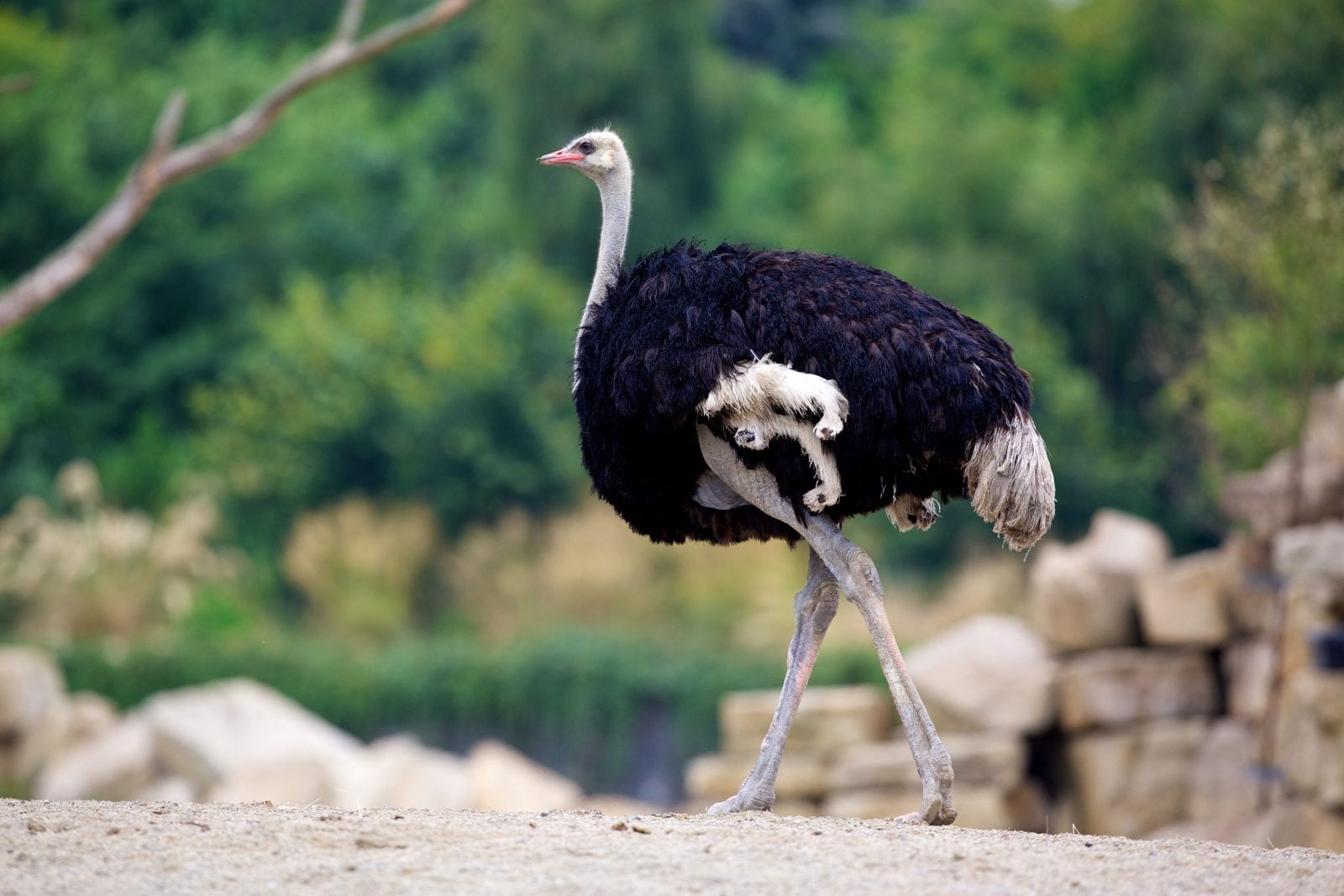
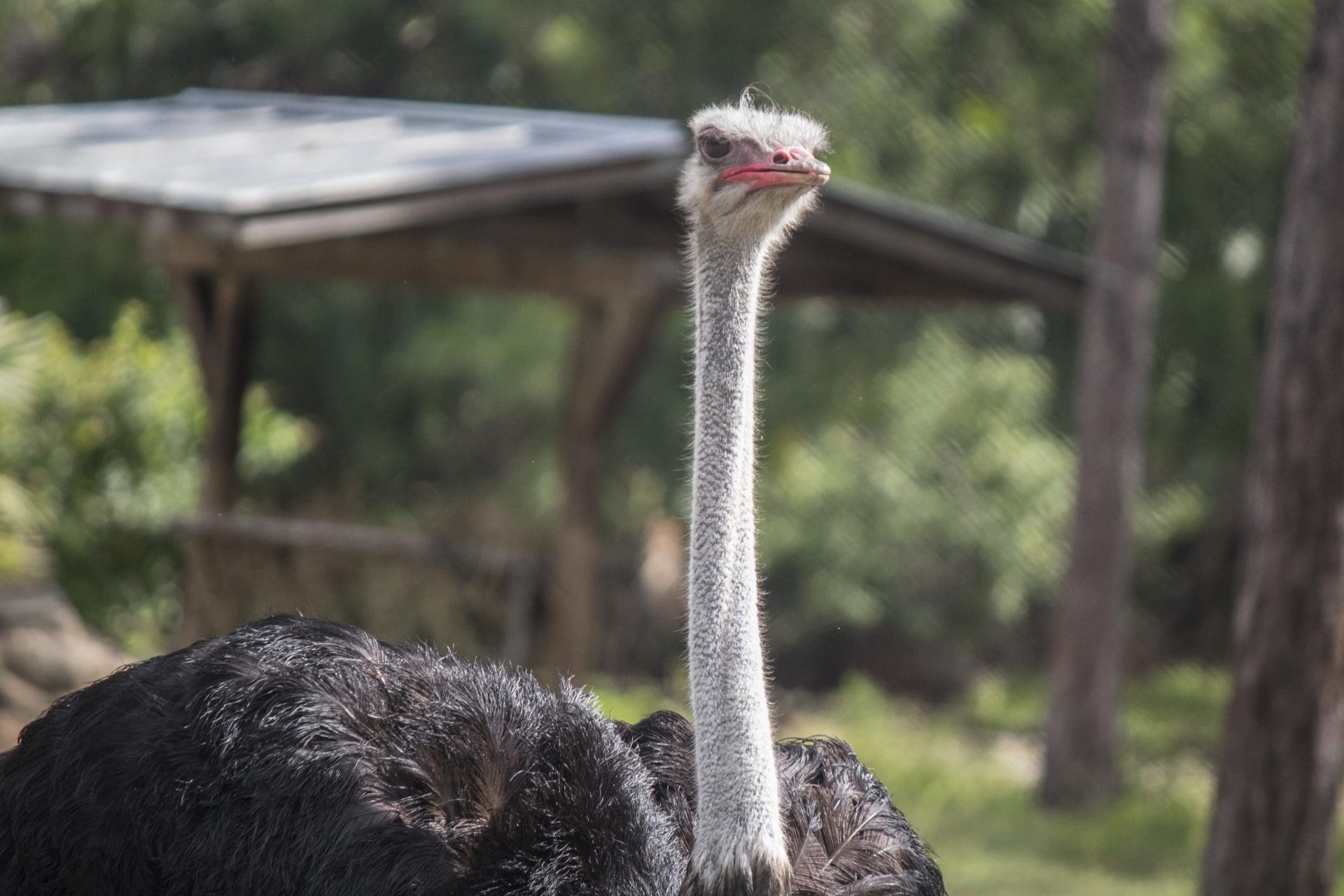
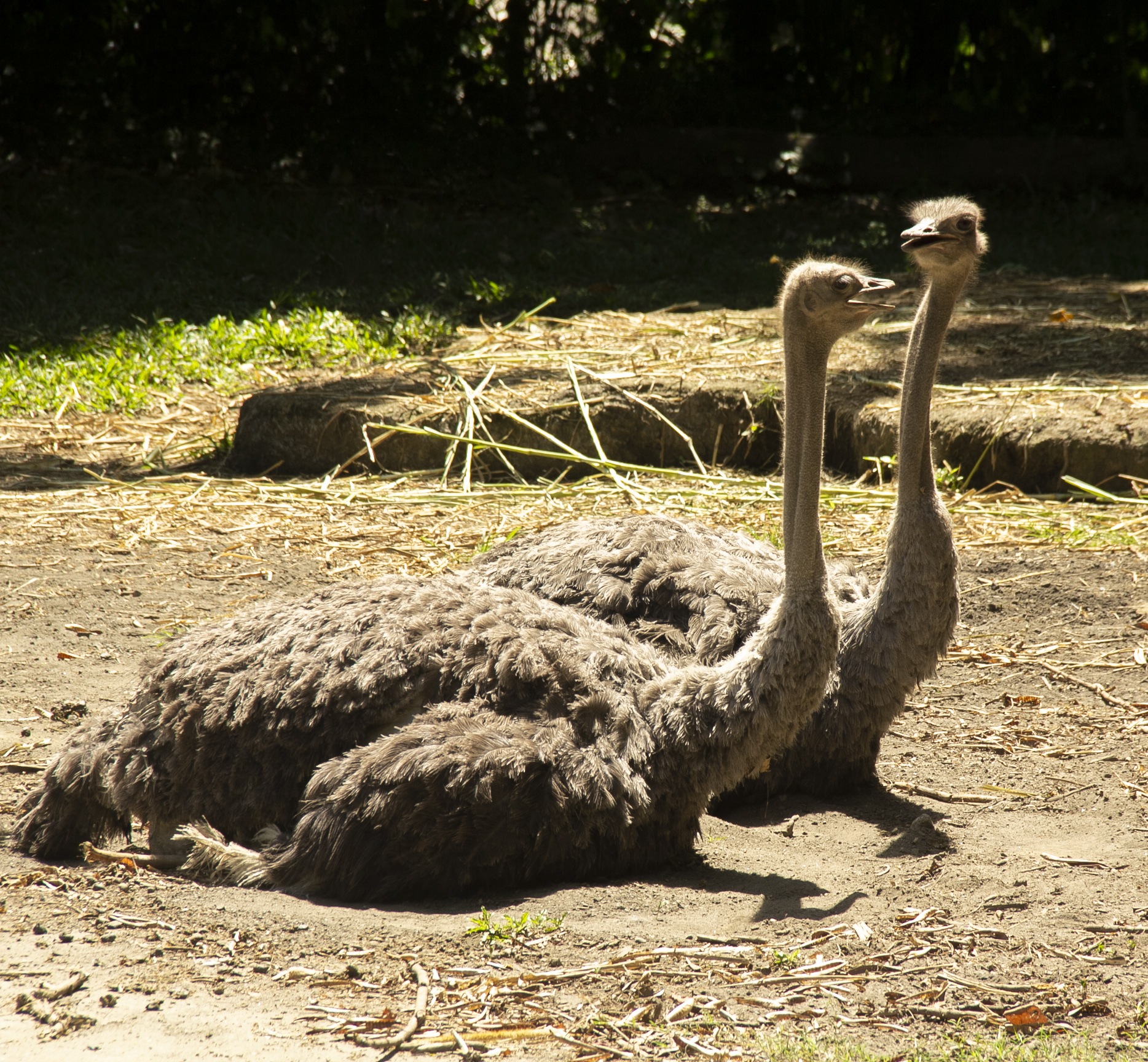
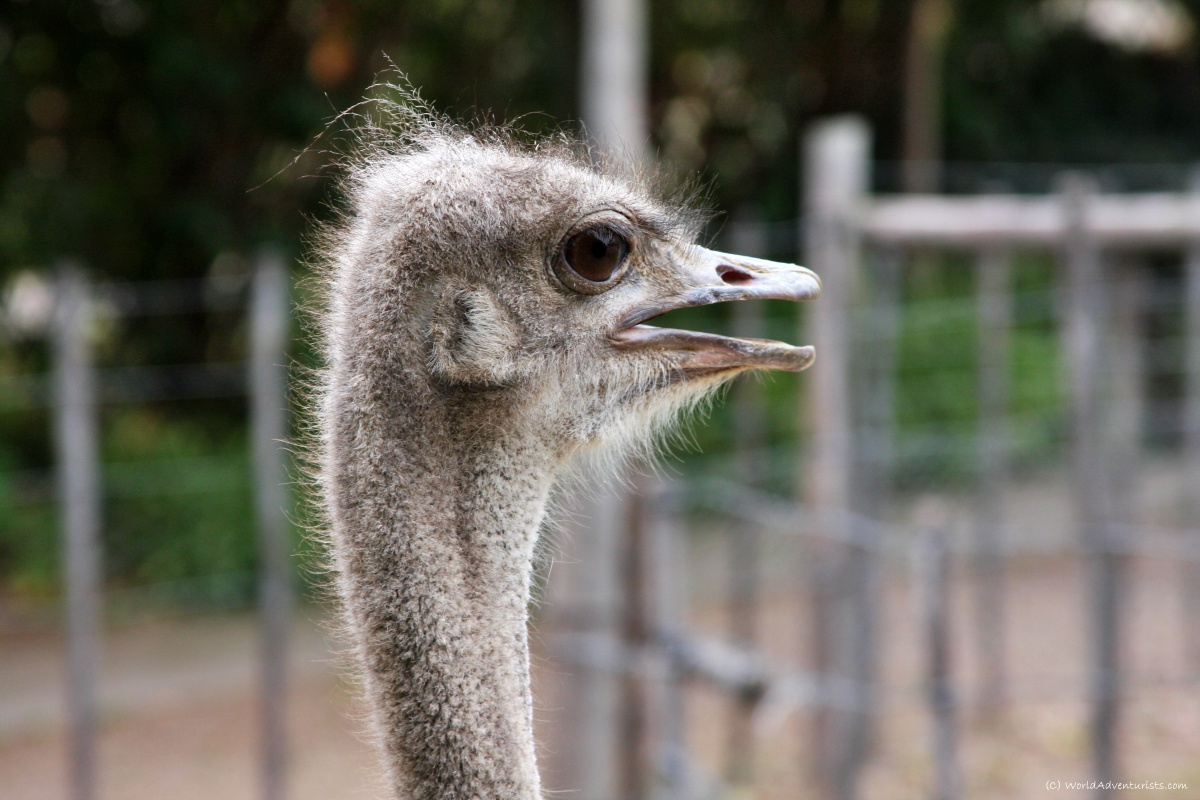
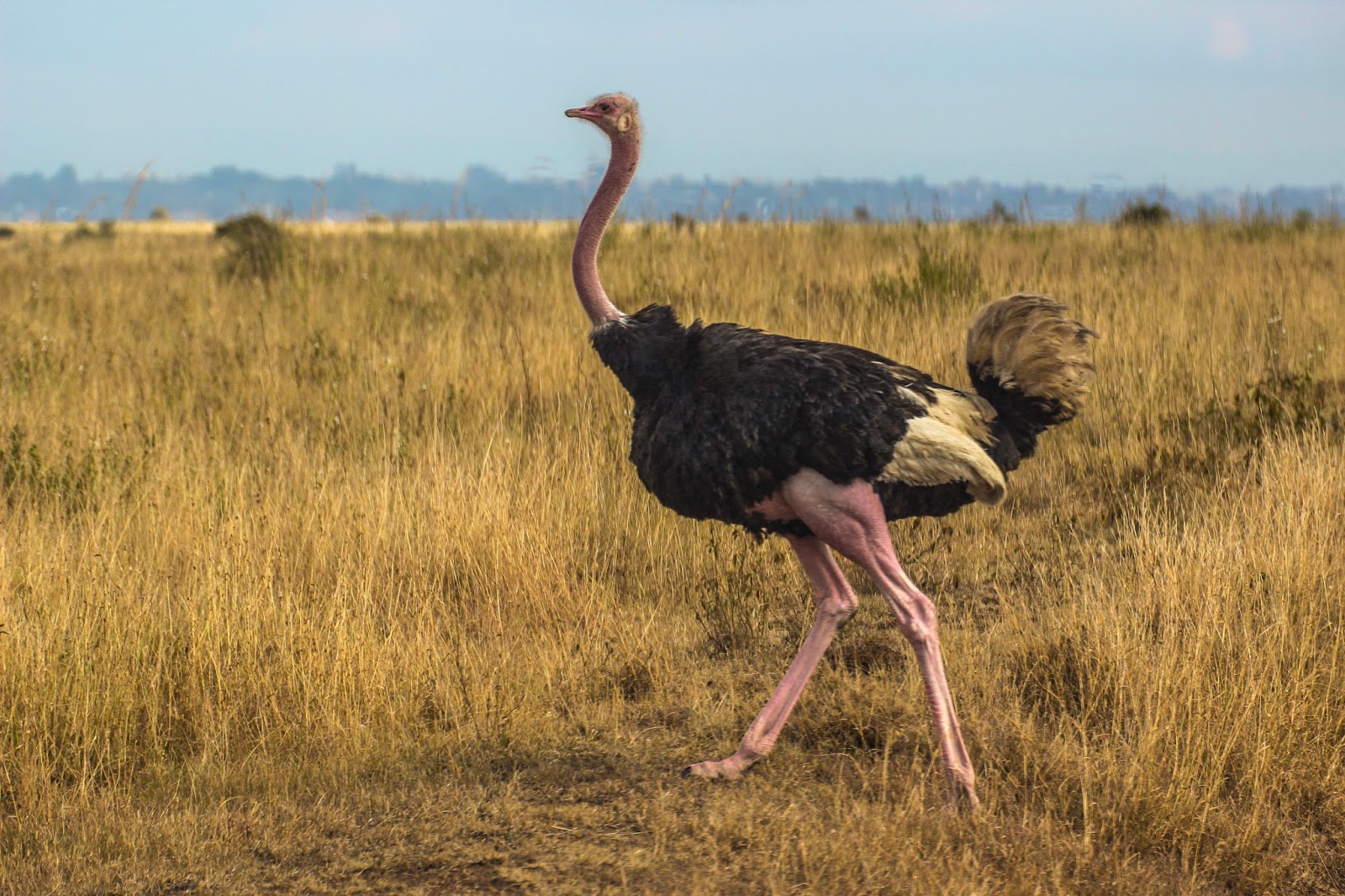
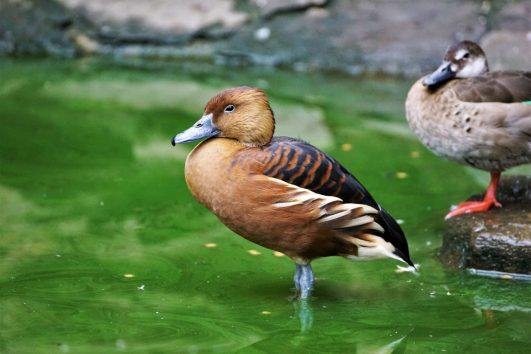
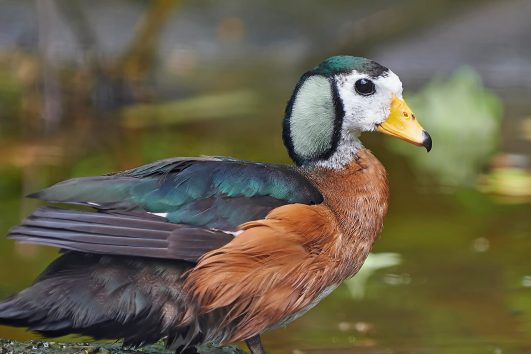
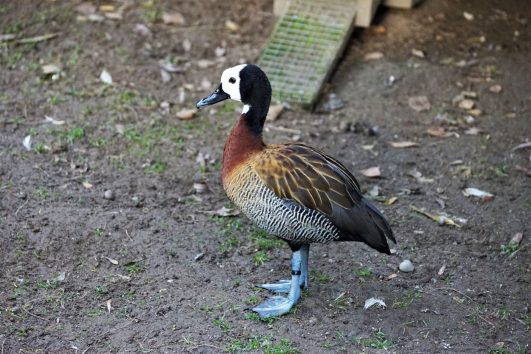
Tour Reviews
There are no reviews yet.
Leave a Review